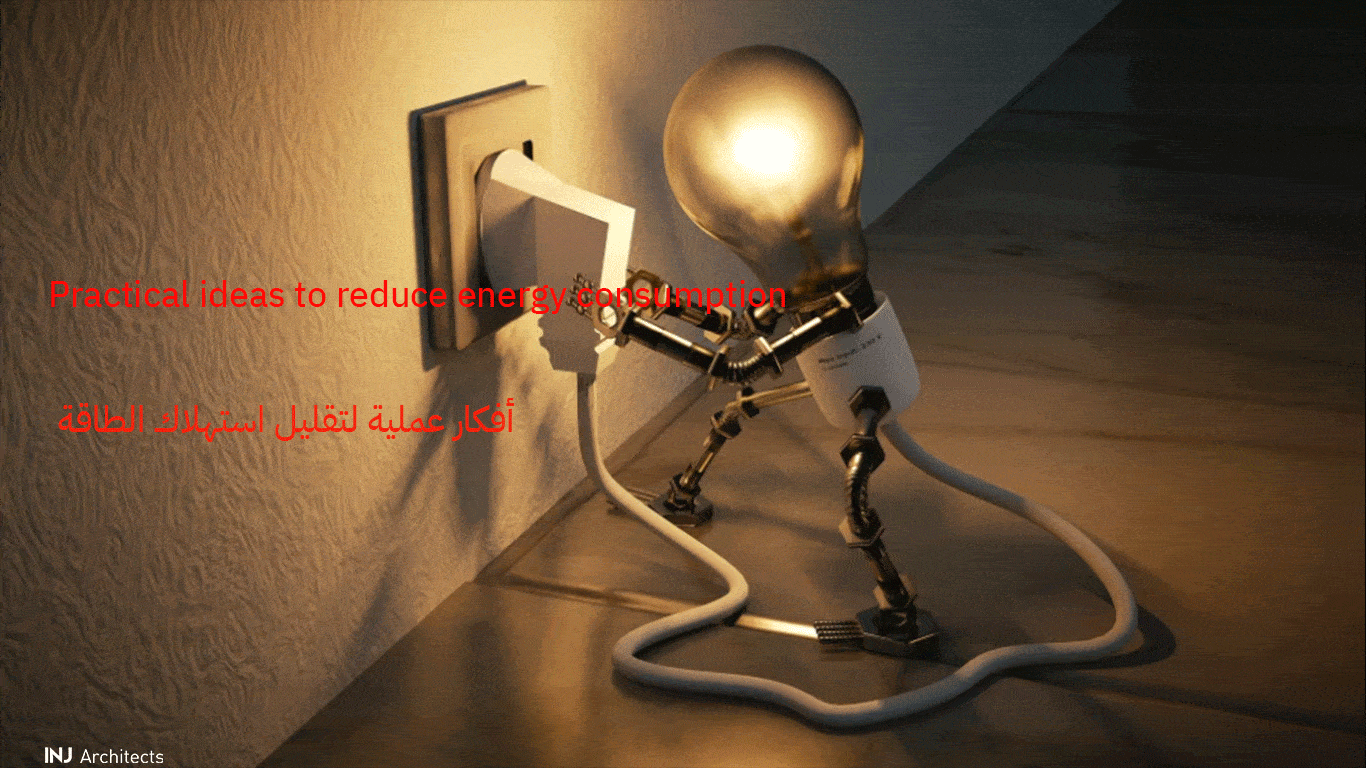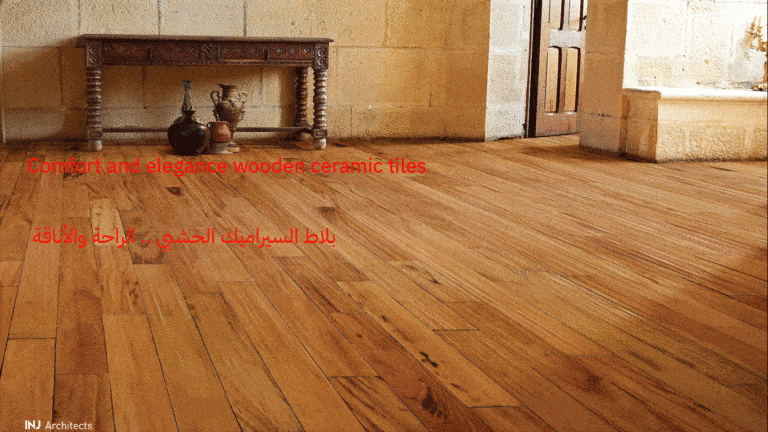Practical ideas to reduce energy consumption
Practical ideas to reduce energy consumption,
by using electronic multi-lamp fluorescent ballasts whenever conditions permit.
By using separate switches to allow the flexibility of artificial light during the day and non-daylight hours.
Dimmers can be included in rooms over 100 square feet (9.3 m2).
Occupancy sensors that automatically turn off lights when the room is not occupied,
may be a good idea to reduce energy consumption.
Spaces that have skylights or dividers, daylight sensors can be integrated with them while reducing the overall lighting of the room and focusing on task lighting.
Restricting the use of incandescent halogen lamps to places where good color rendering is essential .

Practical ideas to reduce energy consumption
-
The quality of the indoor environment
Indoor air quality can be greatly improved by reducing or eliminating
Volatile organic compounds, and toxic chemicals emitted from building and home furnishing products, are involved in a process known as gassing .
The biggest offenders are products based on formaldehyde ,
common sources of volatile organic compounds include,
( paint, adhesives, sealants, solvents, (used and polyurethane in the end wood flooring), wood planks compact (used in furniture and cupboards), carpet ).
Many of these products come in lower-VOC versions,
and there is one plant ( philodendron ) that absorbs VOCs within. 5 -foot ( 1 520 Radius is mm)
And designers can identify alternative products from a wide range of companies increasingly,
as the household plants that can help mitigate the impact of compound data volatile organic compounds in the environment.
Careful management of natural daylight in a location can do more than reduce the need for artificial lighting,
and well-lit spaces with a combination of diffused and direct natural light have been shown to improve the health and productivity of their residents.

Other strategies that can contribute to indoor environmental quality include carbon monitoring diox IDE, increase ventilation, provide thermal comfort , Renewable, recycled and recycled products
The green design agenda should take into account , with the use of renewable, recycled and reclaimed resources .
Include renewable sources of rapid timber growth, which are harvested in touch I well and which have been approved by the Forest Stewardship Council (FSC) They are considered non-endangered or genetically modified and do not originate from the tree plantations that have replaced forest lands .
Recycled materials can be found in many products on the market today that use post-consumer waste (a product that has been used and recycled for reuse in another consumer product) as part of the manufacturing process, from recycled plastic carpets and carpet covers to crushed-glass or Cement-based hard surfaces .
Pre-consumption waste is the process of recovering, reusing and recycling waste products – from domestic use, manufacturing, agriculture and business – thus reducing their burden on the environment .
Designers should also encourage recycling by providing ample and comfortable space for recycling bins in the home or office .
Reclaimed goods are available from the many companies that handle salvaged materials and make it easy to purchase and reinstall.
In all cases, designers must be aware of the local economics of labor and supplies .
You May Like: Study architecture and engineering



